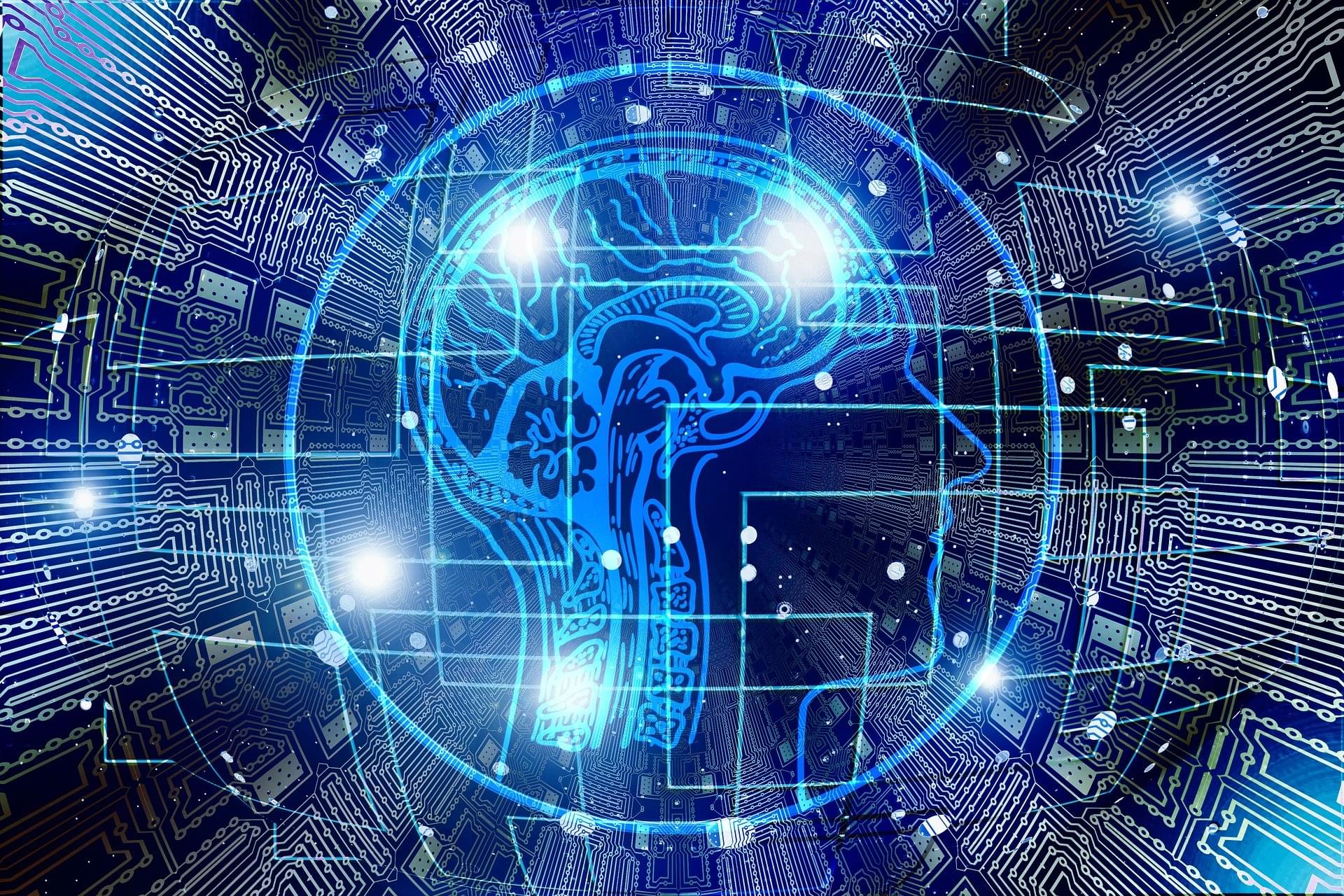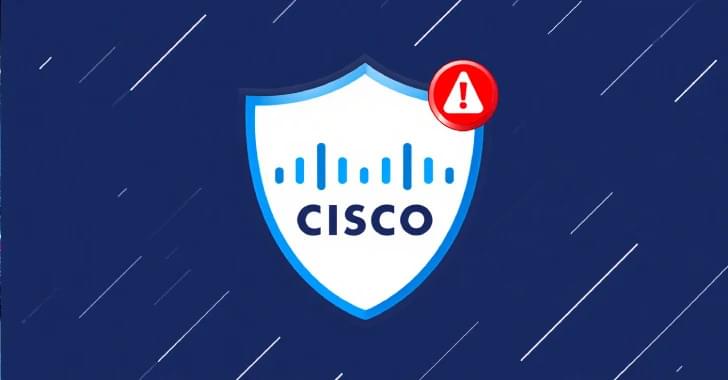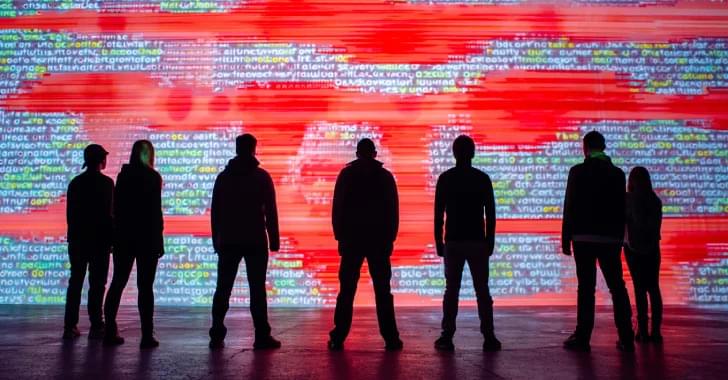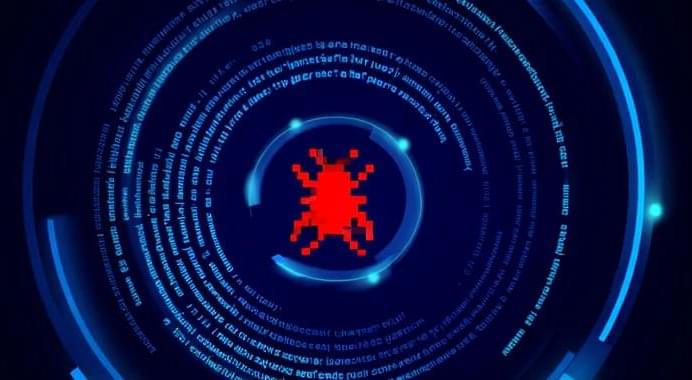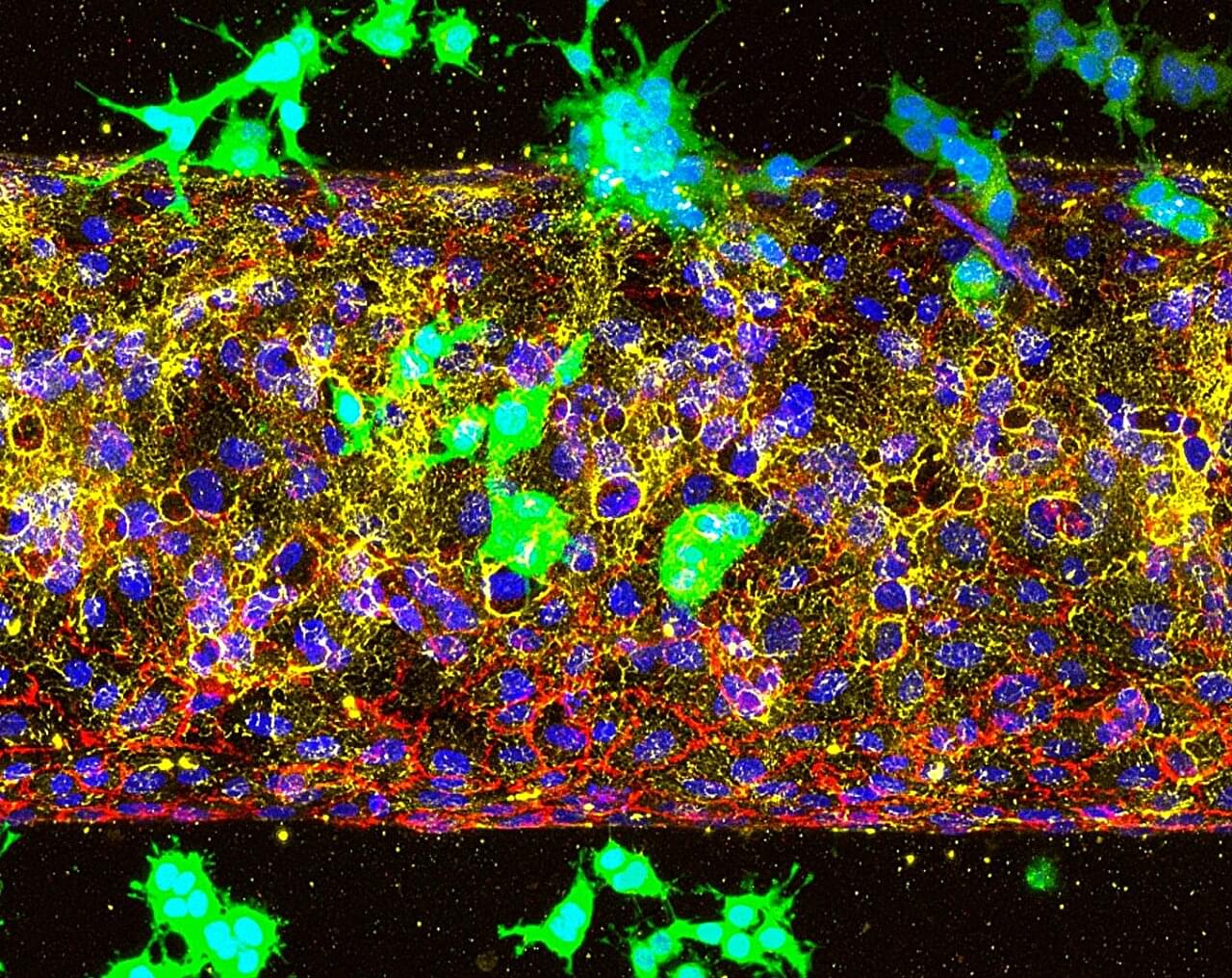For more than a century, physics has been built on two great theories. Einstein’s general relativity explains gravity as the bending of space and time.
Quantum mechanics governs the world of particles and fields. Both work brilliantly in their own domains. But put them together and contradictions appear—especially when it comes to black holes, dark matter, dark energy and the origins of the cosmos.
My colleagues and I have been exploring a new way to bridge that divide. The idea is to treat information—not matter, not energy, not even spacetime itself—as the most fundamental ingredient of reality. We call this framework the quantum memory matrix (QMM).
